Transcription of Business Model Canvas - A Better Lemonade Stand
1 What are the most important costs inherent in our Business Model ? Which Key Resources are most expensive? Which Key Activities are most expensive?Revenue StreamsThrough which Channels do our Customer Segments want to be reached? How are we reaching them now?How are our Channels integrated? Which ones work best?Which ones are most cost-efficient? How are we integrating them with customer routines?For what value are our customers really willing to pay?For what do they currently pay? How are they currently paying? How would they prefer to pay? How much does each Revenue Stream contribute to overall revenues? ChannelsCustomer RelationshipsCustomer SegmentsCHANNEL PHASES:1. Awareness How do we raise awareness about our company s products and services?2. Evaluation How do we help customers evaluate our organization s Value Proposition?How do we allow customers to purchase specific products and services?
2 3. Purchase 4. Delivery How do we deliver a Value Proposition to customers?5. After sales How do we provide post-purchase customer support?Mass MarketNiche MarketSegmentedDiversifiedMulti-sided PlatformEXAMPLESP ersonal assistanceDedicated Personal AssistanceSelf-ServiceAutomated ServicesCommunitiesCo-creationFor whom are we creating value?Who are our most important customers?What type of relationship does each of our CustomerSegments expect us to establish and maintain with them?Which ones have we established? How are they integrated with the rest of our Business Model ?How costly are they?Value PropositionsKey ActivitiesKey PartnersKey ResourcesCost StructureWhat value do we deliver to the customer?Which one of our customer s problems are we helping to solve? What bundles of products and services are we offering toeach Customer Segment?Which customer needs are we satisfying?
3 What Key Activities do our ValuePropositions require?Our Distribution Channels? Customer Relationships?Revenue streams?Who are our Key Partners? Who are our key suppliers?Which Key Resources are we acquiring from partners?Which Key Activities do partners perform?What Key Resources do ourValue Propositions require?Our Distribution Channels?Customer Relationships?Revenue Streams?CHARACTERISTICSN ewnessPerformanceCustomization Getting the Job Done DesignBrand/StatusPriceCost ReductionRisk ReductionAccessibilityConvenience/Usabil ityCATEGORIESP roductionProblem SolvingPlatform/NetworkTYPES OF RESOURCESP hysicalIntellectual (brand patents, copyrights, data)HumanFinancialMOTIVATIONS FOR PARTNERSHIPS:Optimization and economy Reduction of risk and uncertaintyAcquisition of particular resources and activitiesIS YOUR Business MORE:Cost Driven (leanest cost structure, low price value proposition, maximum automation, extensive outsourcing)Value Driven (focused on value creation, premium value proposition)SAMPLE CHARACTERISTICS:Fixed Costs (salaries, rents, utilities)Variable costsEconomies of scaleEconomies of scopeOriginal Framework & Business Model CANVASOn:Iteration:Designed by:Designed.
4 Asset saleUsage feeSubscription FeesLending/Renting/LeasingLicensingBrok erage feesAdvertisingList PriceFIXED PRICINGP roduct feature dependentCustomer segment dependentVolume dependentDYNAMIC PRICINGN egotiation( bargaining)Yield ManagementReal-time-MarketThis work is licensed under the Creative Commons Attribution-Share Alike Unported License. To viTTew a copy of this license, visit http://// or send a letter to Creative Commons, 171 Second Street, Suite 300, San Francisco, California, ff94105, USA.$g
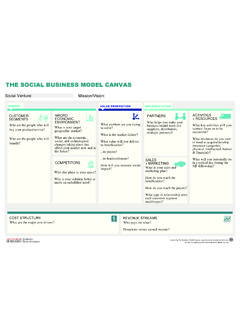
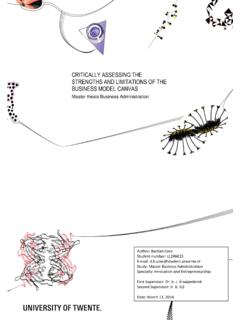
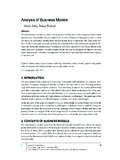

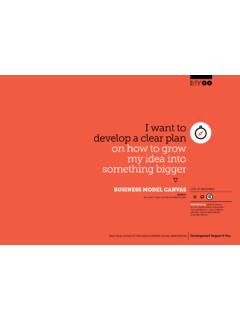
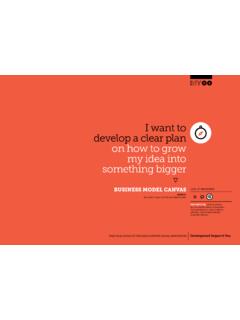

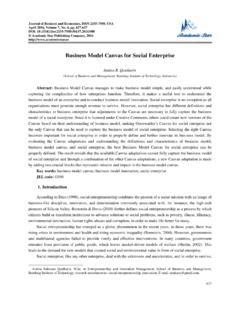

![CWT 1dbX]Tbb <^ST[ 2P]ePb 3TbXV]TS U^a) …](/cache/preview/0/6/9/7/0/6/d/e/thumb-069706de32ac780ef219ca36b5ba0904.jpg)